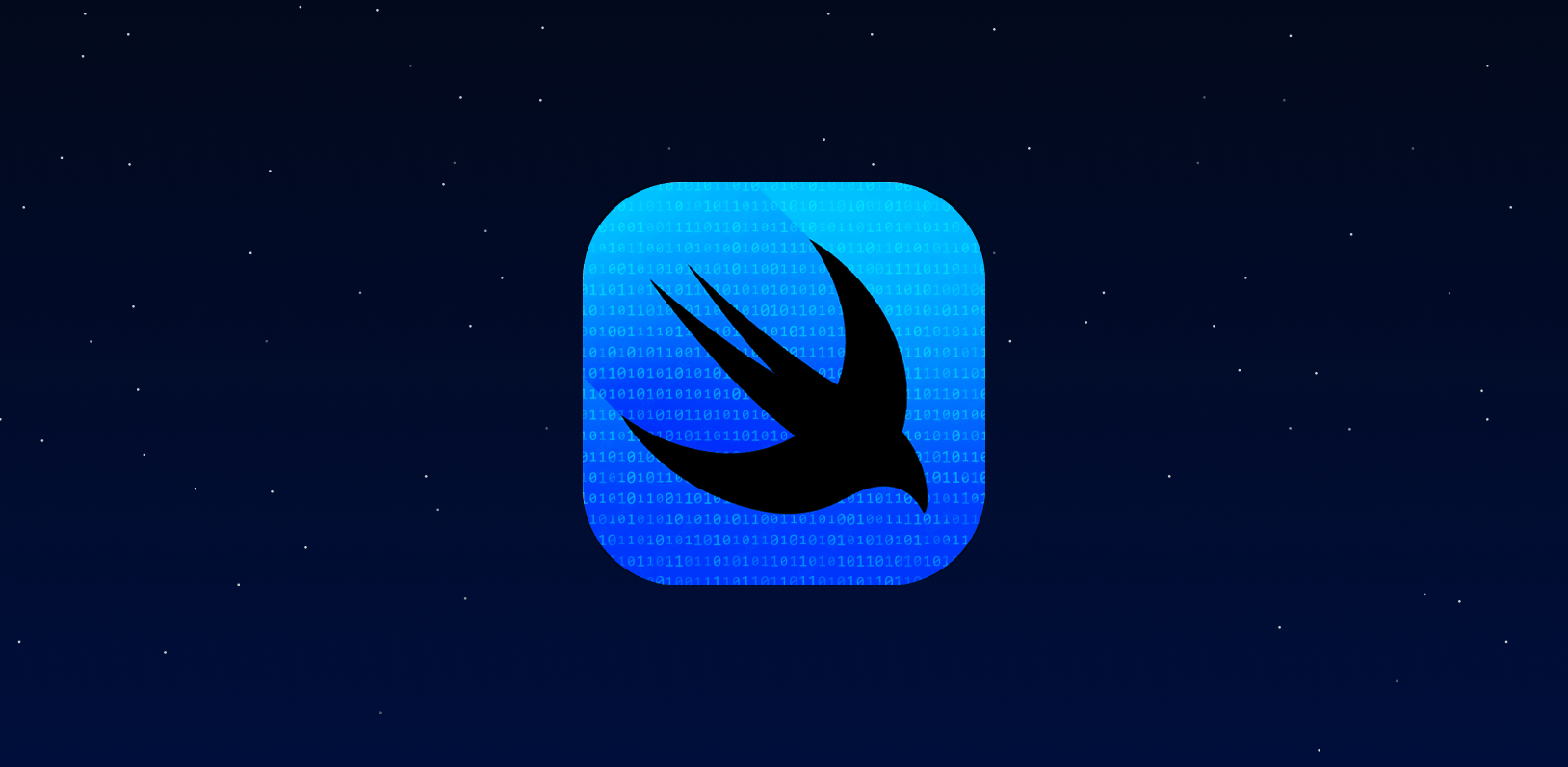

Introduction to Git and Github
Git is a version control system that allows developers to manage changes to their code. It was created by Linus Torvalds in 2005 and has since become one of the most popular version control systems in use. Github is a web-based platform that uses Git for version control and allows developers to collaborate on projects.
In this article, we will cover the basic concepts of Git and Github, including how to initialize a Git repository, commit changes, create branches, handle merge conflicts, and work with remote repositories.
Git Init and Status
The first step in using Git is to initialize a repository. This is done using the git init command. The git init command creates a new Git repository in the current directory.
$ git initAfter initializing a repository, you can use the git status command to see the current state of the repository. This command shows you which files have been modified, which files have been staged for commit, and which files are not being tracked by Git.
$ git statusCommit
Once you have made changes to your files, you can commit them to the repository using the git commit command. A commit is a snapshot of the changes you have made to your code. Each commit has a unique ID that identifies it.
$ git commit -m "Commit message"The commit message should describe the changes you have made in this commit.
Git Log
You can view a log of the commits made to your repository using the git logcommand. This command shows you the commit ID, the author, the date, and the commit message for each commit.
$ git logBranch
A branch is a separate line of development in Git. It allows you to work on multiple features of a project at the same time without interfering with each other. You can create a new branch using the git branch command.
$ git branch new-featureThis command creates a new branch called new-feature.
You can switch to a different branch using the git checkout command.
$ git checkout new-feature
Gitignore
The .gitignore file is used to specify files that should be ignored by Git. These files are not tracked by Git and are not included in commits. You can create a .gitignore file in the root directory of your project.
$ touch .gitignoreYou can then add the names of the files or directories that you want to ignore to the .gitignore
file.file-to-ignore.txt
directory-to-ignore/HEAD
The HEAD is a pointer to the current branch or commit in your repository. You can use the git checkout command with the HEAD to switch back to the last commit.
$ git checkout HEADThis command switches to the last commit.
Fast Forward
A fast forward merge occurs when the branch being merged in is a direct descendant of the current branch. Git can automatically merge the changes from the two branches together.
$ git merge feature-branchThis command merges the feature-branch into the current branch.
Merge Conflict
A merge conflict occurs when the changes made in two branches conflict with each other. Git cannot automatically merge the changes together and you need to resolve the conflict manually.
$ git merge feature-branch
Auto-merging file.txt
CONFLICT (content): Merge conflict in file.txtBranching
One of the most important features of Git is its support for branching. A branch is essentially a lightweight movable pointer to a commit. By default, Git creates a branch named master when you initialize a new repository. You can create a new branch at any time using the git branch command followed by the name of the new branch. For example, to create a new branch named my-branch, you would type:
git branch my-branchTo switch to a different branch, you can use the git checkout command followed by the name of the branch. For example, to switch to the my-branchbranch, you would type:
git checkout my-branchAlternatively, you can use the git switch command, which was introduced in Git version 2.23. For example, to switch to the my-branch branch, you would type:
git switch my-branchOnce you are on a different branch, any changes you make will only affect that branch, and the HEAD pointer will now point to the latest commit on that branch.
To delete a branch, you can use the git branch -d command followed by the name of the branch you want to delete. For example, to delete the my-branchbranch, you would type:
git branch -d my-branchGitignore
Sometimes, there are files or directories that you do not want Git to track. You can list these files and directories in a file called .gitignore, which should be located in the root directory of your repository.
To create a .gitignore file, you can use a text editor to create a file named .gitignore in the root directory of your repository. You can then list the files and directories that you want Git to ignore, one per line, in the .gitignorefile.
For example, if you want Git to ignore all files with the .log extension, you would add the following line to your .gitignore file:
*.logMerging
Merging is the process of combining changes from one branch into another. In Git, there are two types of merges: fast-forward and three-way.
A fast-forward merge occurs when there is a linear path between the two branches being merged. In this case, Git simply moves the branch pointer forward to the latest commit on the other branch.
A three-way merge occurs when the two branches being merged have diverged. In this case, Git creates a new commit that combines the changes from both branches.
To perform a merge, you can use the git merge command followed by the name of the branch you want to merge into the current branch. For example, to merge the my-branch branch into the current branch, you would type:
git merge my-branchIf a merge conflict occurs, Git will pause the merge and ask you to resolve the conflict manually before proceeding.
Stashing
Sometimes, you may need to switch branches or perform other operations that require a clean working directory, but you are not ready to commit your changes. In this case, you can use the git stash command to temporarily save your changes and restore a clean working directory.
To stash your changes, you can use the git stash command. For example:
git stashTo apply the most recent stash and remove it from the stash stack, you can use the git stash pop command. For example:
git stash popRebase
Rebase is another feature in Git that can be used to integrate changes from one branch to another. It is different from merge because it applies the changes from one branch onto another branch as if they were made on top of that branch, rather than creating a new merge commit.
This can result in a cleaner history, as it avoids creating a merge commit and can help avoid conflicts. However, it can also be risky, as it rewrites history and can cause problems if changes are pushed to a shared branch that has been rebased.
To perform a rebase in Git, you can use the git rebase command followed by the name of the branch you want to apply the changes from:
$ git checkout my-feature-branch
$ git rebase mainGit Push
Push is used to upload local repository content to a remote repository. It is used to share a branch with other developers, and can also be used to update a branch on a remote repository with changes made locally.
To push local changes to a remote repository, you can use the git pushcommand followed by the name of the remote repository and the branch you want to push:
$ git push origin mainPull Request
A pull request is a feature of GitHub that allows you to propose changes to a repository and request that they be reviewed and merged into the main branch. It is a way for developers to collaborate and contribute to open source projects.
To create a pull request in GitHub, you first need to fork the repository you want to contribute to. Then, you can make changes to the forked repository and push them to a new branch. Finally, you can create a pull request from the new branch to the main repository, where it can be reviewed and merged.
Fetch and Pull
Fetch is used to download changes from a remote repository without merging them into the local branch. This allows you to see the changes that have been made without affecting your local repository.
To fetch changes from a remote repository, you can use the git fetchcommand followed by the name of the remote repository:
$ git fetch originPull is used to download changes from a remote repository and merge them into the local branch. This is useful when you want to update your local repository with changes made by other developers.
To pull changes from a remote repository, you can use the git pullcommand followed by the name of the remote repository and the branch you want to pull:
$ git pull origin mainClone
Clone is used to create a copy of a remote repository on your local machine. This allows you to work on the repository locally and make changes without affecting the remote repository.
To clone a repository, you can use the git clone command followed by the URL of the remote repository:
$ git clone https://github.com/myusername/myrepository.gitConclusion
In conclusion, Git and GitHub are powerful tools for managing code and collaborating with other developers. By understanding the basics of Git and GitHub, you can contribute to open source projects, work on your own projects, and keep your code organized and up-to-date.
I hope this article has helped you understand the essential Git and GitHub commands and concepts. Remember to always backup your work, use version control, and collaborate with others to create the best possible code. Happy coding!
If this article contains a visual that violates copyright, please contact: [email protected]

